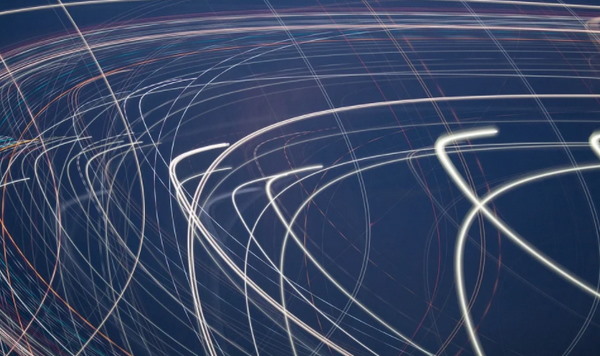What You Need to Know About VIDAR Technology
Sensing and sensory technology is very crucial in the present age due to its many applications. Under this concept, we have other technologies like SONAR, RADAR, LIDAR, and more recently, VIDAR. The last entrant is vibration detection and ranging sensor.

It is a new entrant in the tech scene, and many cannot wait for its full implementation. However, some people may not understand the frenzy that comes with VIDAR. If you are among them, stay put as we quench your curiosity about VIDAR technology.
What is VIDAR Technology?
The first thing to know is what the concept is all about. From its unabbreviated form, you can pick out the keyword vibration. VIDAR detects vibration and converts it to a digital form to go to the intended receiver.
From the vibrations, you can learn several things about the place or target. This includes the weather, direction of the subject, and other movement behavior.
How It Works
VIDAR technology works with the help of two media systems, fiber optic cables, and optical sensing cables. The optical sensing cables catch the vibrations via the VIDAR sensor. What is VIDAR sensor? It is like the radar that receives the vibrating signals and passes them to the optical sensing cables.
The signals will go through a conversion to digital signals, for transmission through the fiber optic cables, from the sensing cables. As you can see, it is a simple idea whose implementation is straightforward.
Is it Similar to IoT
IoT or the internet of things refers to the connectivity and functioning of physical things through the internet. While VIDAR may seem to have a similar concept, they are different. Some similarities include the use of sensors and internet connectivity. That is all they share.
Applications of VIDAR
An essential area to know is where you can use this technology. It has plenty of applications. Below are some of the areas to use VIDAR.
- Weather Monitoring
One of the areas that can benefit from VIDAR is weather monitoring. You can sense uniform vibrations like that of precipitation or wind. This can help in predicting weather patterns. It also comes in handy when preparing for natural disasters like earthquakes and hurricanes. It will make it easy for emergency preparation with moves like evacuation to safer areas.
- Mapping And Planning
VIDAR shows impressive potential in mapping and planning. With proper measures, you can take advantage of the idea’s accuracy for planning out areas. Here, you take note of variables like population density, traffic, and many more.
Other areas to use VIDAR are policing, security, and traffic control.
Perks to Enjoy From VIDAR
The following are some advantages of VIDAR technology.
- Accurate results; it has the range of RADAR and classification precision of SONAR.
- Utilizes existing transmission framework, which are fiber optic and optical sensory cables.
- Diverse applications.
- VIDAR can work hand in hand with RADAR, SONAR, and LIDAR.
The main downside is that initial implementation may be quite challenging. However, when correctly implemented, everything will flow smoothly.
Conclusion
VIDAR is the new kid on the block in sensing and sensory technology. There are several things that you may not know about it that we show you. An impressive thing is its flexibility; when you look at the areas, you can use it. All that is left is to see its complete execution.

